Today I got serious. I emailed the permissions department of The New York Review of Books to start the process of securing the rights to use some of Georg Christoph Lichtenberg’s aphorisms as the chapter headers.
I use The Waste Books as translated by R. J. Hollingdale as my source. Here’s where it gets funky:
- Translation, introduction, and notes copyright ©1990 by R. J. Hollingdale
- First published by Penguin Books 1990
- This edition published in 2000 in the United States of America by The New York Review of Books, 1755 Broadway, NY NY 10019
Normally, the copyright holder gives permission for this kind of thing [1], but the problem here is that Reginald John Hollingdale died in 2001. I have no clue who holds the copyright at this point—heirs and assigns, sure, but who are they?
So the permissions department at NYRB is as good a place as any to start.
![]()
Lichtenberg is now more famous today for his aphorisms (written in his waste books) than his scientific research. (He discovered the principles of xerography, for example.) It was one of his aphorisms, in fact, that led to the founding of the Lichtenbergian Society in 2007.
Here are some of them:
- Every man also has his moral backside which he refrains from showing unless he has to and keeps covered as long as possible with the trousers of decorum. (B.12)
- Be wary of passing the judgment: obscure. To find something obscure poses no difficulty: elephants and poodles find many things obscure. (E.36b)
- If you want to make a young person read a certain book you must not so much commend it to him directly as praise it in his presence. He will then go and find it for himself. (F.141)
- It is good when young people are in certain years attacked by the poetic infection, only one must, for Heaven’s sake, not neglect to inoculate them against it. (L.69)
- It is true I cannot say whether things are going to change for the better, but what I do say is that things will never be right unless they do change. (K.102)
The epigraph for the book itself is “Let him who has two pairs of trousers turn one of them into cash and purchase this book.” (E.16)
The epigraph for the first chapter, “Introduction to Lichtenbergianism,” is “If this is philosophy it is at any rate a philosophy that is not in its right mind.” (L.23)
You get the idea. It’s kind of important that I get permission to use the material. [2]
![]()
In other news, technology reared its ugly head this morning when my actual Lichtenbergianism file caused Scrivener to crash repeatedly. I was beginning to panic at the thought that those particular 21,635 words were screwed, but (tl;dr alert) opening a copy warned me that the original file was “in use,” which of course it wasn’t. A shutdown and a restart of the computer sorted out the confusion there, and we’re back in business. Whew!
—————
[1] Which is how I got permission to set Nancy Willard‘s A Visit to William Blake’s Inn to music: she owns the copyright to the text and said “yes” with no hesitation at all.
[2] Or, of course, translate them myself, or have my German-Studies-degree son do it, or even my good friend Jennifer Schottstaedt who translates for money do it.

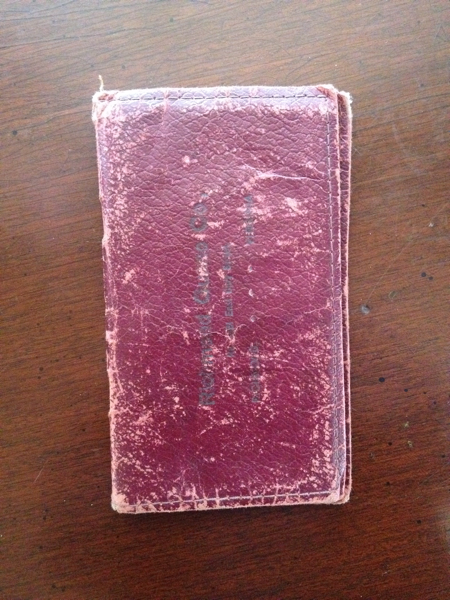
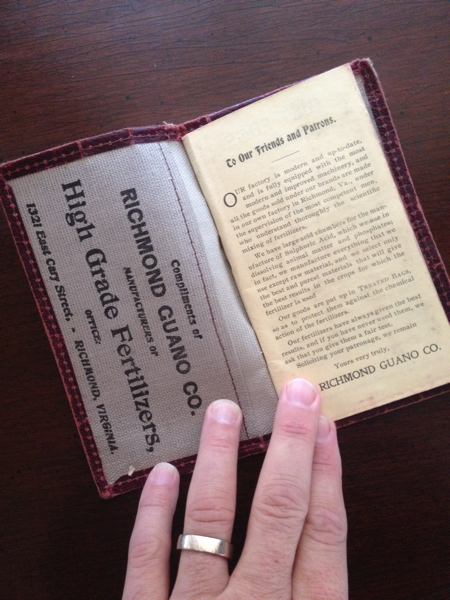
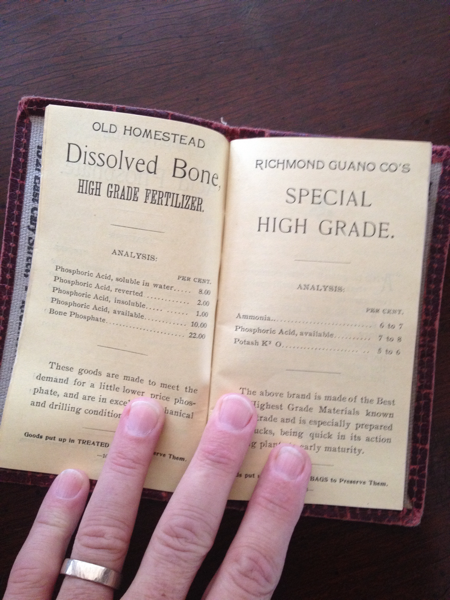
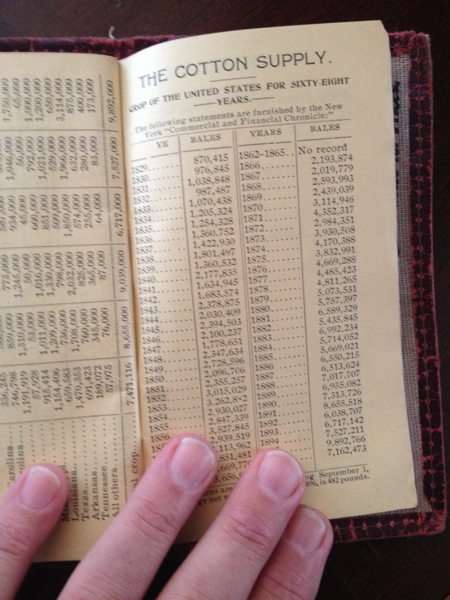
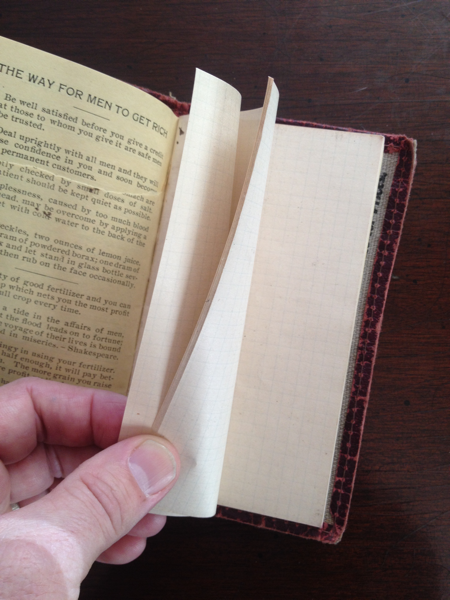
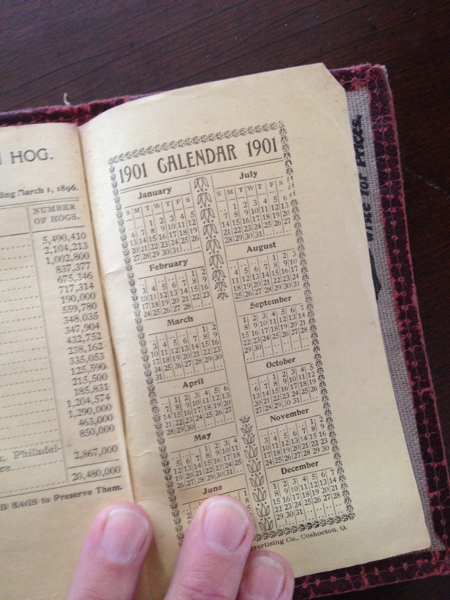
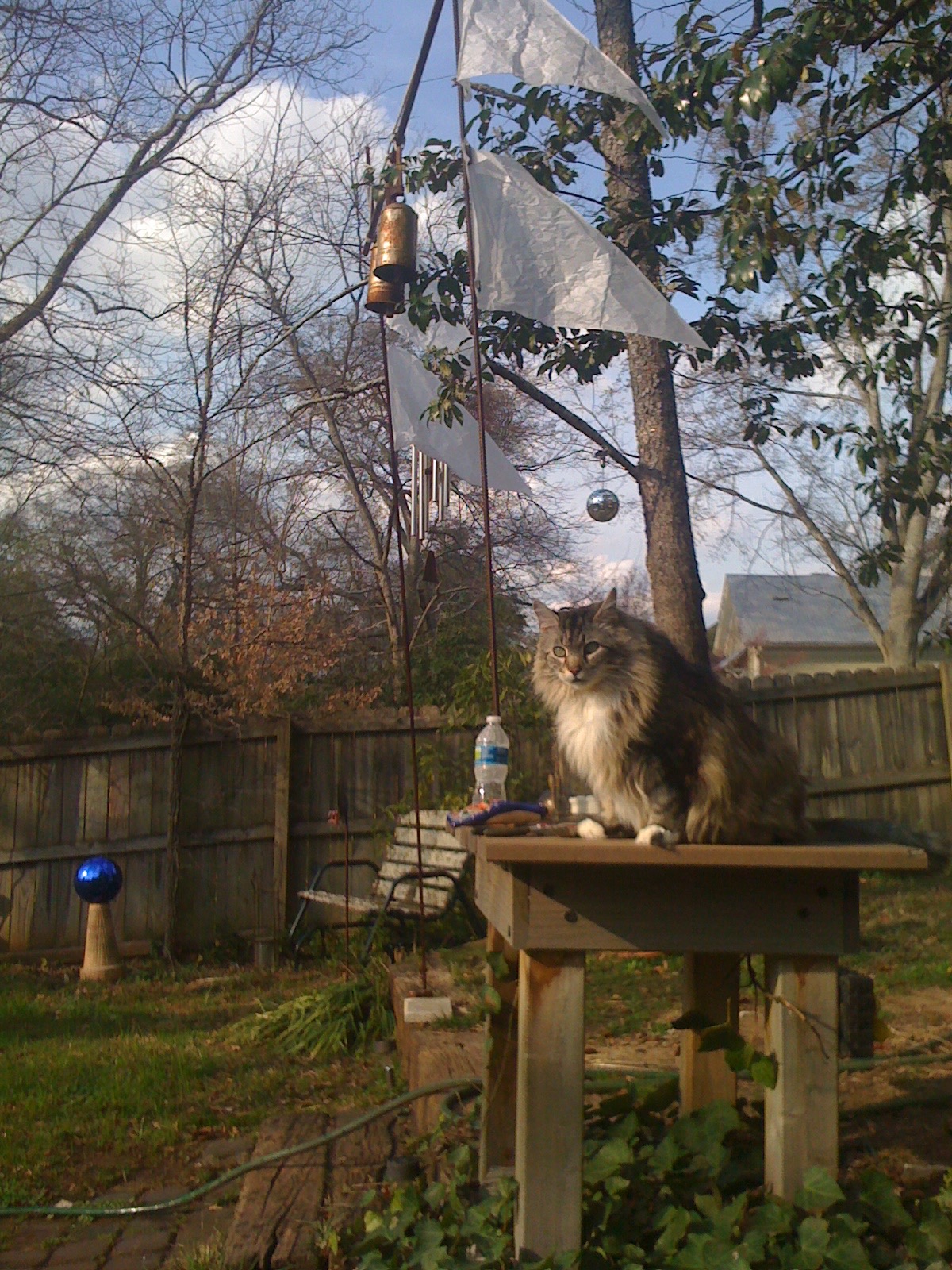
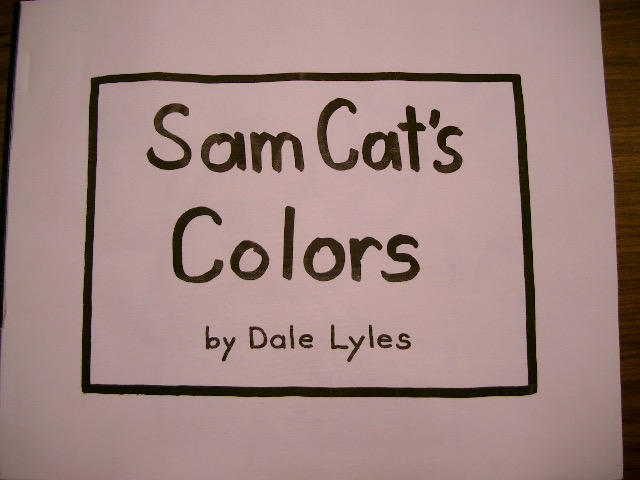
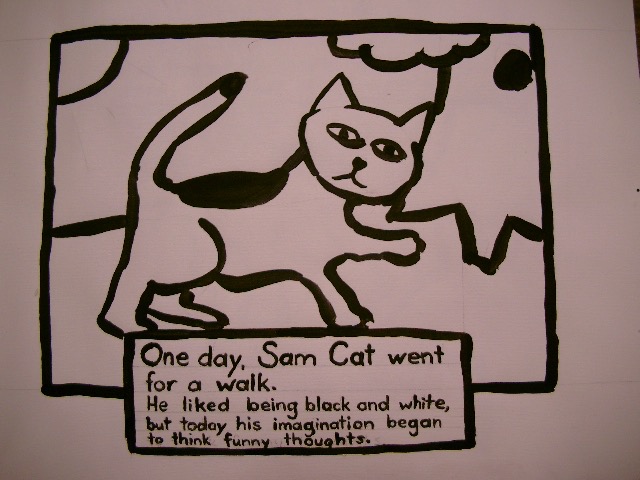
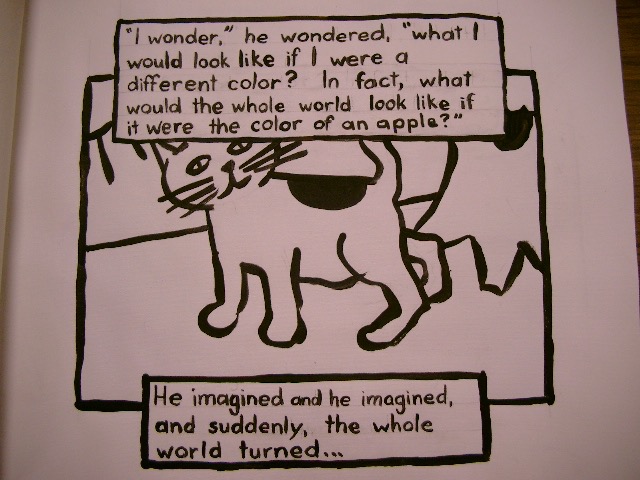
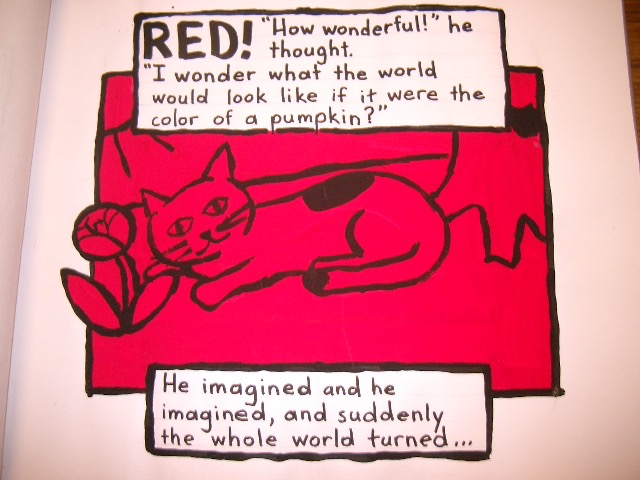
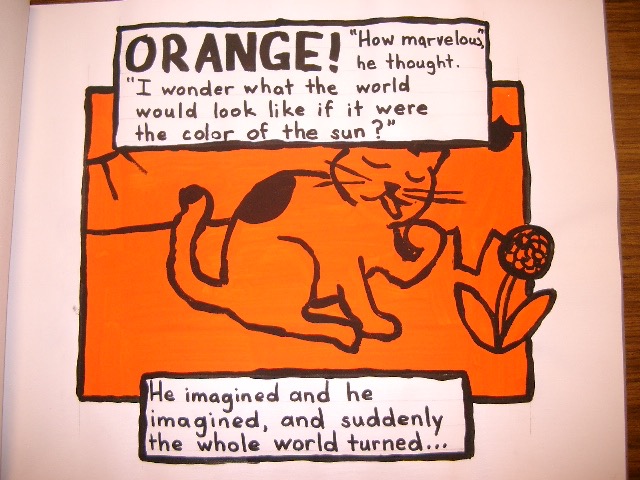
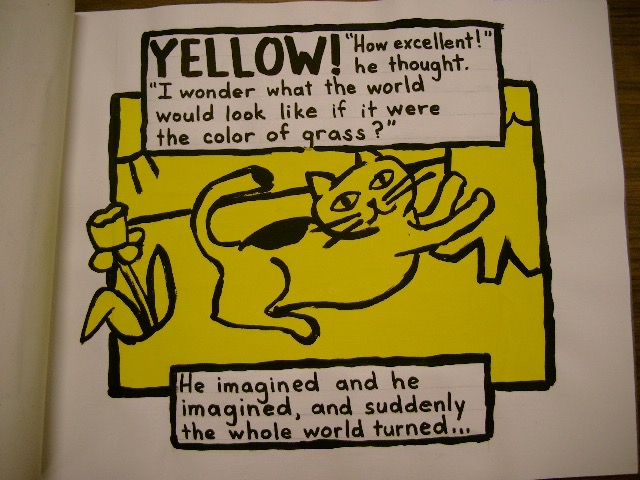
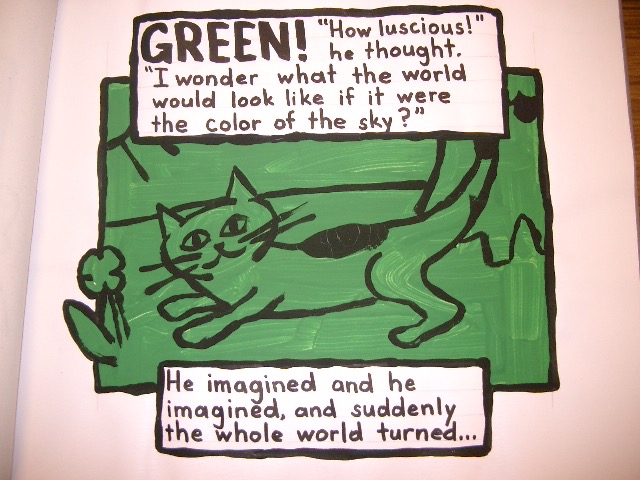
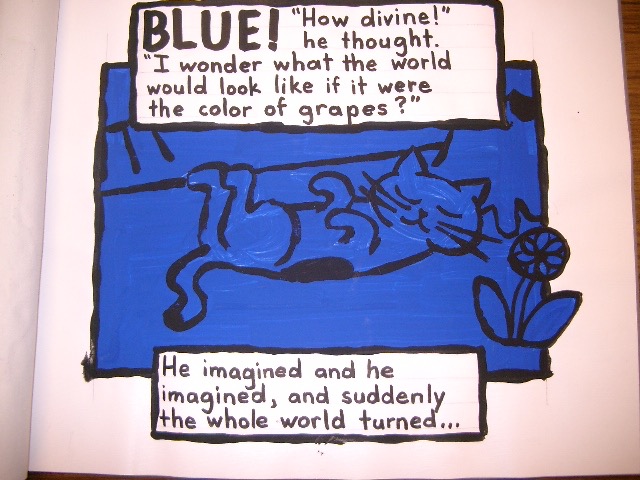
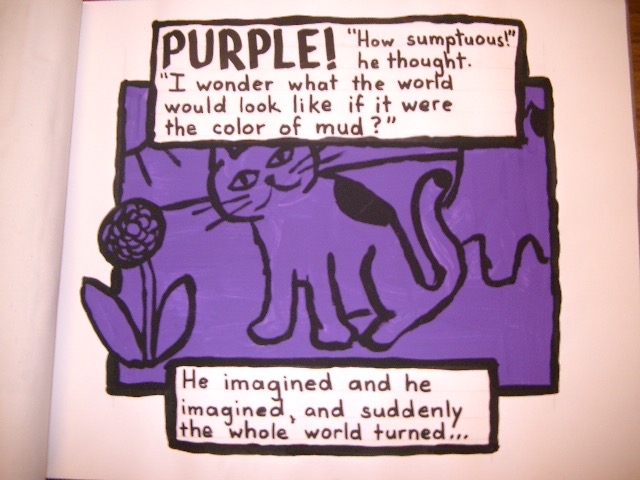
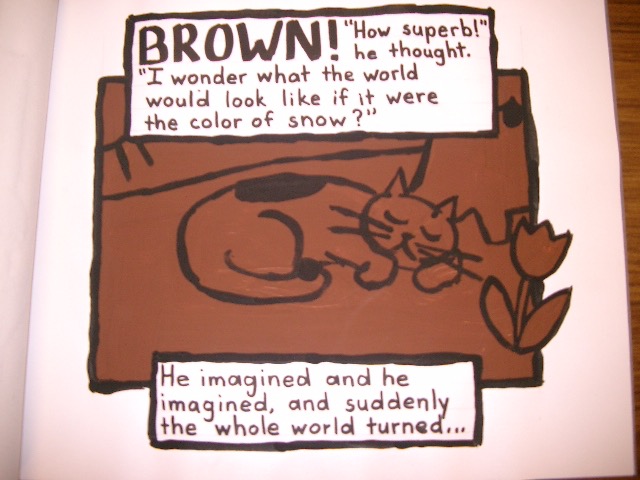
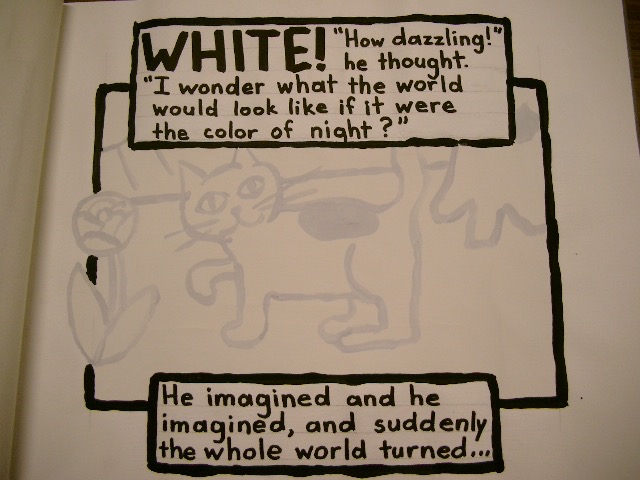
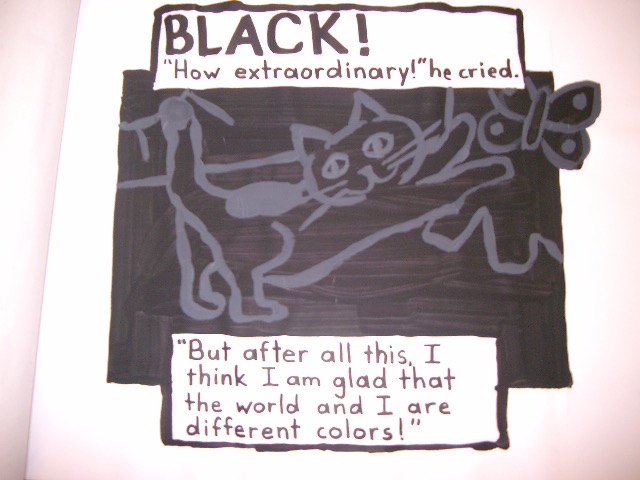
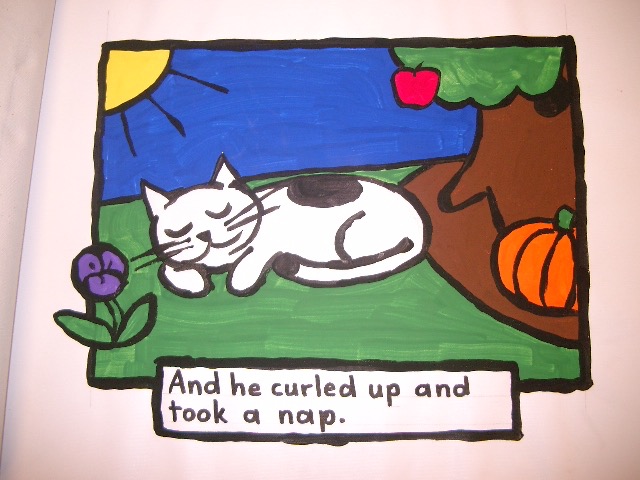
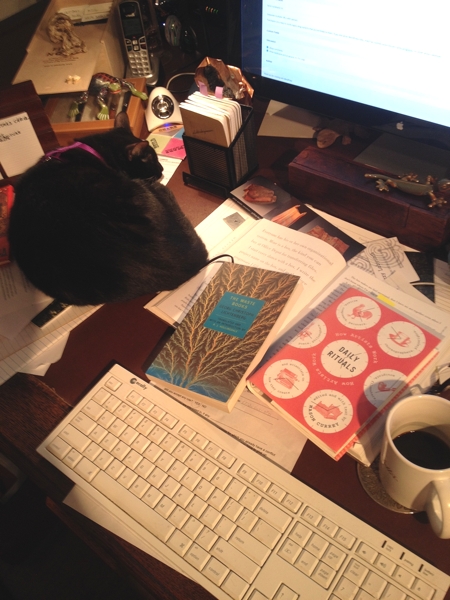
 I was mulling it over and thinking that I want Lichtenbergianism: procrastination as a creative strategy to be a relatively short book. I mean, it’s not a weighty philosophy to begin with, so I’m thinking it ought to be about the same length as
I was mulling it over and thinking that I want Lichtenbergianism: procrastination as a creative strategy to be a relatively short book. I mean, it’s not a weighty philosophy to begin with, so I’m thinking it ought to be about the same length as